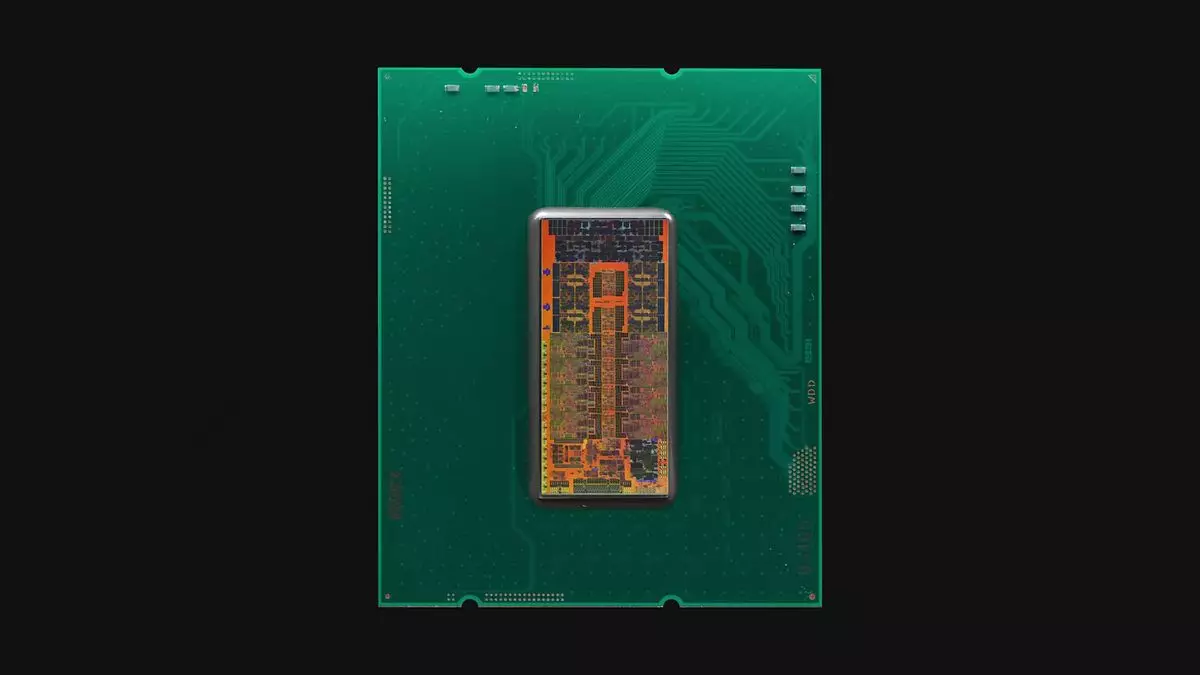Intel’s recent announcements regarding their CPU roadmap have raised eyebrows within the tech community, particularly due to the lengthy wait expected for the next desktop CPU release. With the current architecture still relatively new, the implications of these timelines suggest a significant shift in strategy and production capabilities. In this article, we will delve into Intel’s recent statements on their upcoming CPU architectures, examine the competitive landscape, and discuss the potential impacts on consumers and the market.
Intel’s interim co-CEO, Michelle Holthaus, has made it abundantly clear that the company does not anticipate launching a new desktop CPU until 2026. Such a timeline is both surprising and arguably troubling for consumers who have come to expect regular upgrades and innovation from one of the leading manufacturers in the industry. The current flagship is the Arrow Lake architecture, featuring processors like the Intel Core Ultra 9 285K. Having only been reviewed as recently as October last year, it stands to reason that a new design could be on the horizon, but the announced delay raises questions about Intel’s strategic direction.
The next desktop architecture, Nova Lake, is positioned as a successor to Arrow Lake. However, it appears that Intel may be taking a more cautious approach with the rollout of new generations. While some industry analysts might suggest that such a delay allows for better refinement and optimization, it could also be viewed as an opportunity lost, particularly when rival companies are consistently pushing out innovations and new technologies.
One must consider the external pressures Intel faces from competitors like AMD, which has gained substantial market share through timely releases and competitive pricing strategies. The current CPU market is not as forgiving; consumer expectations are rising. If Intel cannot align its product launches with market demands, it may risk further alienation in a sector driven by performance and efficiency.
Intel’s recent architectures such as Meteor Lake and Arrow Lake haven’t exactly set the world ablaze, which makes the urgency to refresh their lineup even more pressing. Even with the promise of new designs like Nova Lake on the horizon, AMD is rapidly innovating, and the potential for capturing untapped consumer segments becomes increasingly probable if Intel fails to deliver significant advancements soon.
A notable aspect of Intel’s statements is the emphasis on manufacturing capabilities, particularly concerning the advanced 18A node technology. Holthaus indicates that several Nova Lake models will utilize this cutting-edge silicon. However, the company’s track record reflects a slower-than-anticipated shift to new production processes. With only a fraction of their chips being produced on the latest Intel 4/3 nodes, one can infer limitations in their current manufacturing efficiencies.
This sluggish transition poses a real risk to Intel’s ability to scale production for Nova Lake swiftly, thereby delaying its market entry. For consumers and industry stakeholders alike, a lack of chips in the market can lead to difficulties in obtaining the latest technology, negatively affecting sales and market resonance.
While the delay and challenges surrounding Nova Lake have raised concerns, there is still hope that Intel’s upcoming architectures can invigorate the market. The prospect of innovative designs could re-establish Intel as a groundbreaking player, provided they can align their manufacturing capabilities with timely releases.
For now, consumers may have to settle for incremental improvements rather than groundbreaking advancements. The previously rumored Arrow Lake Refresh appears to have been shelved, meaning that current offerings may not evolve significantly before new architectures launch. This scenario could leave both enthusiasts and casual users dissatisfied, as the wait for compelling products could extend indefinitely.
Intel’s extended timeline for releasing new CPUs raises various concerns regarding their competitive standing and consumer satisfaction. While the promise of revolutionary technologies like Nova Lake is enticing, the company’s ability to deliver on that promise will determine its future success in a fast-evolving technological landscape. The stakes are high, but the path forward will depend on how Intel navigates these challenges in the coming years.

